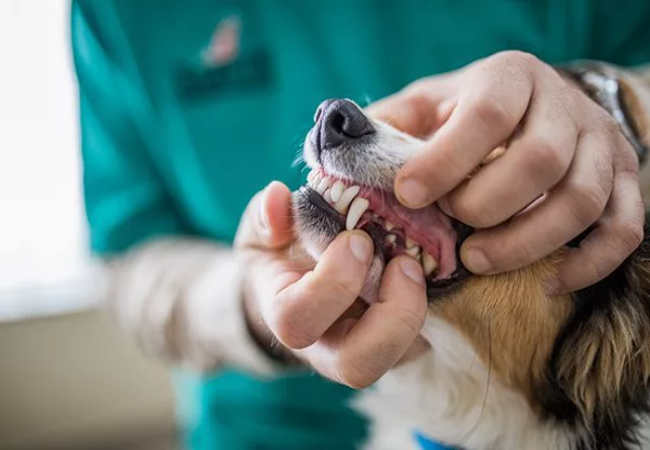Dental Care for Dogs & Cats 2025: Vet Recommended Routine 🐶🐱

In this article
Dental Care for Dogs & Cats 2025: Vet Recommended Routine 🐶🐱
By Dr. Duncan Houston BVSc
Your pet’s breath isn’t supposed to smell like a sewer—and if it does, it could mean dental disease. Periodontal issues are among the most common problems in pets, and they often go untreated for years.
I’m Dr. Duncan Houston, veterinarian and founder of Ask A Vet. In this article, I’ll show you the exact dental care routine I recommend to clients—and what I use with my pets.
🦷 Why Pet Dental Health Matters
- 80% of dogs and 70% of cats over 3 years old have some form of dental disease
- Bacteria from the mouth can spread to the heart, liver, and kidneys
- Painful infections often go unnoticed because pets hide discomfort
🔍 Signs of Dental Disease
- Bad breath (halitosis)
- Yellow or brown tartar buildup
- Red, swollen, or bleeding gums
- Difficulty eating or dropping food
- Pawing at the mouth or excessive drooling
📅 Your Ideal Weekly Dental Routine
Daily (or at least 3x/week)
- Brush your pet’s teeth using pet-safe toothpaste (never human toothpaste)
2–3x per week
- Offer dental chews approved by the VOHC (Veterinary Oral Health Council)
Monthly
- Inspect the teeth and gums at home for changes or odor
Yearly
- Book a professional dental exam and cleaning with your vet
🧼 How to Brush Your Pet’s Teeth
- Use a soft-bristle toothbrush or finger brush
- Pet-safe enzymatic toothpaste (flavored for cats/dogs)
- Start slowly—let them lick the brush before adding paste
- Work up to brushing along the gum line in a circular motion
🛠️ Products Vets Recommend
- Toothpaste: Virbac C.E.T., Petsmile, Vet’s Best
- Dental Chews: Greenies, Oravet, C.E.T. VeggieDent
- Additives: HealthyMouth, TropiClean Fresh Breath
⚠️ What to Avoid
- Bones, antlers, hooves – these can break teeth
- Hard nylon toys – especially dangerous for aggressive chewers
- Human toothpaste – contains xylitol and fluoride, which are toxic
👩⚕️ When to See a Vet
- Bleeding gums, loose teeth, or pus around the mouth
- Persistent bad breath, even with home care
- Painful eating or refusal to eat dry food
🔗 Helpful Tools from Ask A Vet
- Ask A Vet – Track dental cleanings, ask for product recommendations, upload mouth photos
- Dual Pocket Dispenser – Store dental treats and poo bags for walks
📋 Summary Excerpt
Dental disease is painful, dangerous, and preventable. A vet explains how to brush your pet’s teeth, what products to use, and when to get a professional cleaning.
❓ FAQs
-
Q: Do I really need to brush my pet’s teeth?
A: Yes. It’s the single most effective way to prevent dental disease. -
Q: My pet hates brushing—what can I do?
A: Start with flavored toothpaste on your finger and reward often. Pair brushing with play or treats. -
Q: Is dental cleaning under anesthesia safe?
A: Yes—especially when done by your regular vet with bloodwork and monitoring. It’s far safer than leaving dental infections untreated.






